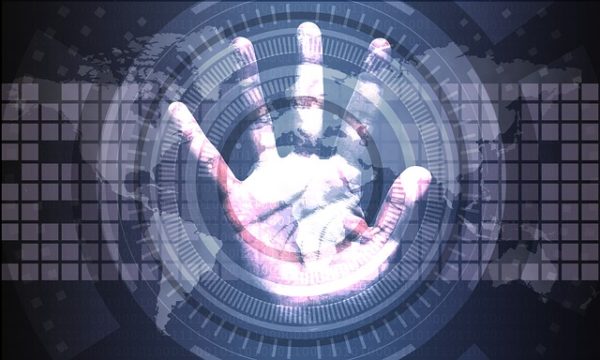Cyberattacks today, more than ever, do not only present a threat to one’s online life but can pose severe real-life threats. Phishing schemes, the danger of identity theft, and malicious links are everywhere, from pop-up ads to email scams.
Luckily, as the threat grows larger, so do cybersecurity options we have at our disposal. Cybersecurity is in a constant race to catch up with all of the things identity thieves and scammers can come up with.

That has led to various new technologies and solutions we can use to protect ourselves on the web. Below, we’ve put together a quick rundown on what cybersecurity is and how you can improve it in your online life.
Cybersecurity Threats
These days, there are more and more threats to your data and personal information coming from all directions. Whether it’s an email from an unknown sender, or a website asking you to enter your personal data for no particular reason, there are, of course, ways to deal with these sorts of attacks. But first, you have to know what they are and how to recognize them.
What They Are
Cyberattacks are ways for an individual or a group of people to compromise your data, whether online or on your hard-drive. They achieve this by getting your data like your email address or passwords, all the way to social security and credit card numbers.
The way they usually work is attempting to get you to either enter the data on your own through a phishing scam or to get your data by using malware. Malware is essentially software that is designed to cause harm to your system or privacy.
Other than just getting your information, the attacker can use or sell it to someone online that will. This is commonly known as ATO, or account takeover fraud, where your information is practically used to make purchases or transfer funds to another account.
What They Target
Cyberattacks can cause harm in many ways, the main ones being acquiring and selling your information or using malware to either get data off of your computer or crash it. Things most commonly targeted by cyberattacks are:
● Your name and address;
● Phone number;
● Email address and password;
● Social Security Number;
● Date of birth;
That, and more, can be the target of a network breach, extending all the way to finding out your geographical location through your IP address. All of that data can then be used to harm your integrity on the internet or sold to a third party. That is why we have cybersecurity measures in place and are always working on upgrading them.
Protection Measures
So, what can you do to protect yourself or your business from the various threats that lurk on the edges of the web? There are a couple of steps to that and a few different approaches you can take.
Education
The first thing you want to do is knowing how to recognize and avoid anything that might be malicious. That means that you don’t open links or attachments in your emails that you got from an unknown sender. Links such as those often hold malware that could steal your information or otherwise bring harm to your computer.
That also goes beyond your private network and should be practiced in a business environment. Hackers will often target companies with spyware that could potentially leak sensitive information.
Protection Software
After you know what to avoid, it’s easy to find software that will further protect you. That includes things like anti-virus programs and using email proxies to hide your real IP address. Software like that is today more available than ever, and you don’t have to look hard to find one that is compatible with your system.
Your cybersecurity system should include protection for information on your network and physical devices and the data you have on the cloud, as it can be used to harm your system.
Speak with a cybersecurity expert or do your research online to find what precautions you can take to protect yourself from these cyber threats. If you run a business, having an on-site or third party IT/security team can go a long way. If you have a development team on site and want to keep your affairs internal, they can build tun2socks and route specific IP addresses only.
In Conclusion
Cyberattacks are real, and they can seem frightening, but the initial scare is easily overcome with just a little effort. Take the time to educate yourself on what you can personally do to avoid such threats and what software can help you.
In this day and age, cybersecurity seems to be exponentially improving to cope with the various new methods of exploiting online – but that is a good thing. We get much more secure systems and sophisticated software to help battle cyberattacks. So, please think before you click and get a sturdy cybersecurity system in so your data is safe and where it belongs.
 Gearfuse Technology, Science, Culture & More
Gearfuse Technology, Science, Culture & More


